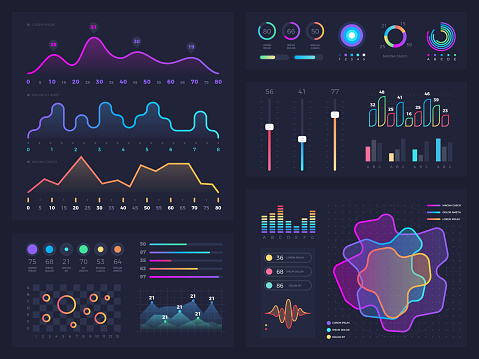
©MicrovOne/ISTOCK/THINKSTOCK
Finance and controls professionals around the world face a tremendous range of responsibilities and challenges. Among many other roles, they are tasked with managing risks and ensuring effective controls across multiple financial systems, spanning general ledger and financial reporting, all revenue and payments, and the systems underlying all assets and liabilities.
These risks include the possibility of damaging fraud, error, and abuse, as well as exposure to regulatory compliance failures in areas such as internal control over financial reporting (ICFR), Sarbanes-Oxley (SOX), and state and local tax (SALT). Not to mention responsibility for anti-bribery and anti-corruption, and overseeing overall functional and process performance, including third parties. The volume of finance-related regulations is ever growing, with new and changed requirements constantly needing attention.
Finance departments also play key roles in helping to ensure that the executive leadership team has ongoing insight into how well the organization is performing in terms of achieving corporate and strategic objectives—and that risks are being addressed appropriately. It is also clear that the use of data automation can fuel better business practices and unlock new opportunities and optimize return on investments, and the finance team is often looked to as the driving force behind such initiatives.

The question is: How can finance teams best meet all these challenges?
The answer lies in transforming traditional approaches to financial management processes, which includes oversight of risk, controls, and compliance, through the better use of technology, data, and automation. Taking a data-driven, more scientific approach to assessing risk and maintaining effective controls is shown to provide multiple benefits. Instances of fraud, waste, abuse, and regulatory non-compliance are reduced, and risks are better understood and reduced. Organizations become “better run.” The finance director or CFO involved in driving a transformational approach is recognized as a leader—not just in best practices for financial risk and control monitoring, but in overall organizational/ enterprise risk and control management.
While some financial leaders have already started to embrace a data automated approach to managing risks and controls, many are so immersed in the daily demands of their job that it is difficult to take time and step back to consider the benefits and practical steps in implementing a new approach.
In this eBook, we look at what the near future holds for progressive finance teams and provide some guidance on how to move ahead and implement better practices now. This eBook also includes:
- What the world of a progressive finance leader looks like
- The top pressure points affecting today’s finance teams
- Steps to get started with a technology-driven approach to risk and control monitoring
- Examples of common, high-value, high-performing tests that can be applied in everyday finance process areas
Access the full eBook here.